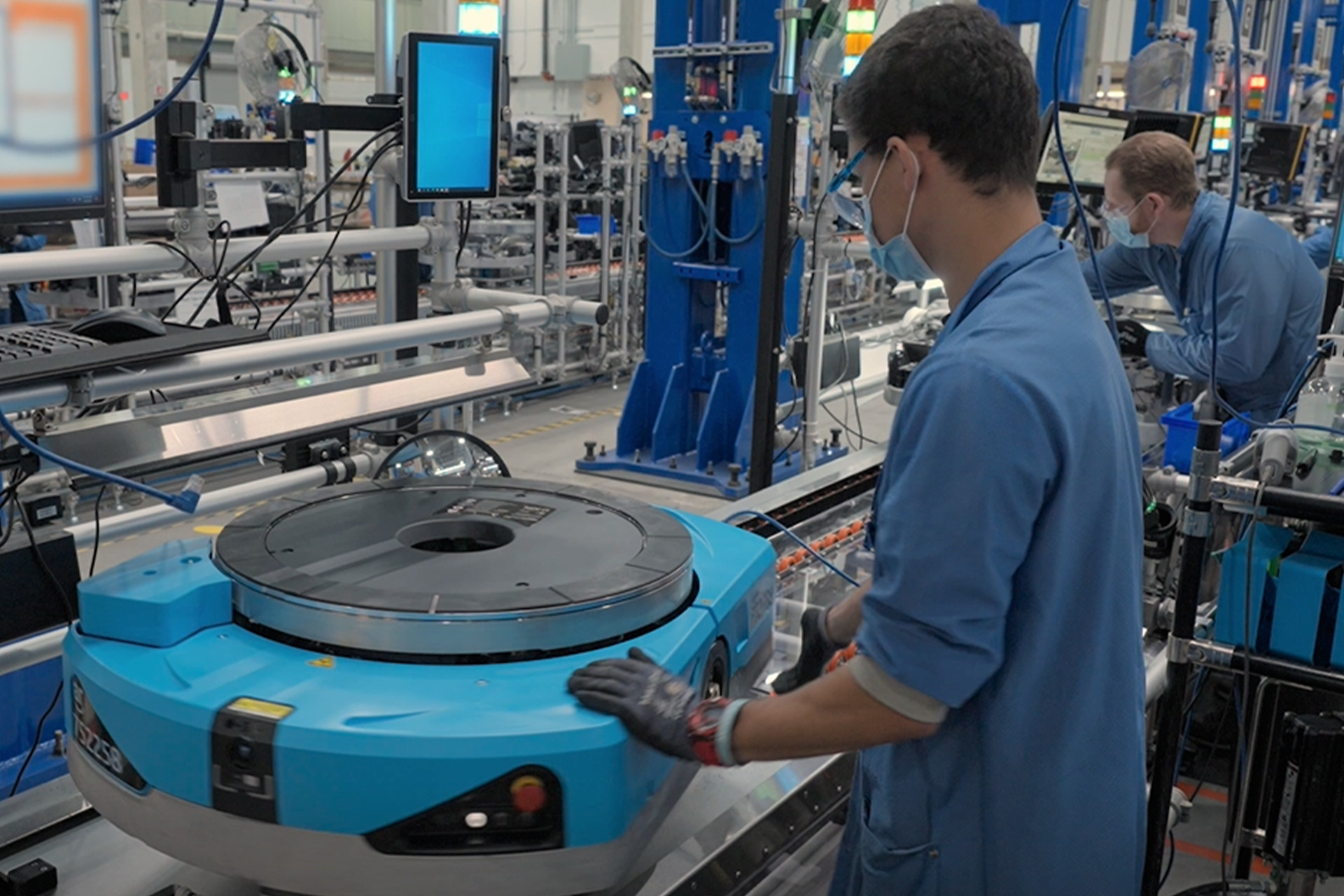Economic activity in the manufacturing sector gained a bit in February but was in contraction territory for the fourth consecutive month following a 28-month growth period, according to supply executives polled by the Institute for Supply Management.
In the Manufacturing ISM Report On Business, Timothy Fiore, chair of the Institute for Supply Management Manufacturing Business Survey Committee noted that the February Purchasing Managers Index was 47.7%, up, 0.3 percentage points from the 47.4% recorded in January. An index of 50% is the dividing line between expansion and contraction in the sectors ISM covers.
“Regarding the overall economy, this figure indicates a third month of contraction after a 30-month period of expansion,” he said. “In the last two months, the Manufacturing PMI has been at its lowest levels since May 2020, when it registered 43.5%. The New Orders Index remained in contraction territory at 47%, 4.5 percentage points higher than the figure of 42.5% recorded in January. The Production Index reading of 47.3% is a 0.7-percentage point decrease compared to January’s figure of 48%. The Prices Index registered 51.3%, up 6.8 percentage points compared to the January figure of 44.5%. The Backlog of Orders Index registered 45.1%, 1.7 percentage points higher than the January reading of 43.4%. The Employment Index dropped into contraction territory, registering 49.1%, down 1.5 percentage points from January’s 50.6%. The Supplier Deliveries Index figure of 45.2% is 0.4 percentage points lower than the 45.6% recorded in January. Readings from the last three months are the index’s lowest since March 2009, 43.2%. The Inventories Index registered 50.1%, 0.1 percentage points lower than the January reading of 50.2%. The New Export Orders Index reading of 49.9% is 0.5 percentage points higher than January’s figure of 49.4%. The Imports Index continued in contraction territory at 49.9%, 2.1 percentage points above the January reading of 47.8%.”
Fiore noted that ISM Business Survey Committee panelists have observed softening new order rates over the previous nine months, and the February composite index reading reflects companies continuing to slow their outputs to pace demand for 2023’s first half and prepare for growth in the second half.
“Demand eased, with the New Orders Index contracting at a slower rate, New Export Orders Index still below 50% but continuing to improve, Customers’ Inventories Index remaining at ‘too low’ levels, a positive for future production and Backlog of Orders Index recovering for a third month but still in moderate contraction. Output/Consumption, measured by the Production and Employment indexes, was negative, with a combined 2.2-percentage point downward impact on the Manufacturing PMI calculation. The Employment Index returned to contraction after two months of expansion, and the Production Index logged a third month in contraction territory. Panelists’ companies continue to indicate that they will not substantially reduce headcounts, as sentiment is positive about the second half of the year, though slightly less so compared to January. Inputs, defined as supplier deliveries, inventories, prices and imports, continue to accommodate future demand growth. The Supplier Deliveries Index indicated faster deliveries, and the Inventories Index expanded at a slower rate as panelists’ companies manage their total supply chain inventories. The Prices Index jumped back into ‘increasing’ territory after four consecutive months below 50%, supporting the agreement between buyers and sellers to place orders in the near term.”
New order rates remain sluggish because of buyer and supplier disagreements as to price levels and delivery lead times, Fiore maintained, with the index increase suggesting progress in February.
“Panelists’ companies continue to attempt to maintain head-count levels through the projected slow first half of the year in preparation for a stronger performance in the second half,” he indicated adding, “Eighty-two percent of manufacturing gross domestic product is contracting, down from 86% in January. In February, fewer industries contracted strongly. The share of sector industries with a composite PMI calculation at or below 45 percent — a good barometer of overall manufacturing sluggishness — was 10%, an improvement compared to 26% in January.
Four manufacturing industries that reported growth in February are Apparel, Leather & Allied Products; Transportation Equipment; Petroleum & Coal Products, and Electrical Equipment, Appliances & Components. The 14 industries reporting February contraction are Printing & Related Support Activities; Paper Products; Wood Products; Textile Mills; Furniture & Related Products; Nonmetallic Mineral Products; Plastics & Rubber Products; Food, Beverage & Tobacco Products; Chemical Products; Primary Metals; Computer & Electronic Products; Fabricated Metal Products; Machinery, and Miscellaneous Manufacturing.





